Ai Yotsu - Judo Term Explained
Share

In the world of Judo, a term holds immense significance - Ai Yotsu.
This grip, characterized by an intense and intimate connection between opponents, serves as the foundation for countless strategies and tactics.
With its advantages and disadvantages, practitioners of Judo must understand the alternatives and the vital role that Ai Yotsu plays in their pursuit of victory.
So, let's delve into the depths of this gripping technique and unlock its secrets, shall we?
Key Takeaways
- Ai yotsu grip is achieved with right-handed and left-handed grips.
- Techniques like hand fighting, footwork, and strategic positioning can break the opponent's ai yotsu grip.
- Ai yotsu grip allows for dominance and control during a match.
- Proper grip fighting strategies are crucial to establish and maintain ai yotsu.
The Meaning of Ai Yotsu in Judo
Ai yotsu in judo is a term used to describe the gripping position where both fighters have a right-handed grip and a left-handed grip.
Achieving the ai yotsu grip requires specific techniques for a balanced and powerful hold.
One common mistake to avoid is allowing your opponent to establish a dominant grip, as it can limit your options for throws and counters.
To break your opponent's ai yotsu grip, you can use various techniques such as hand fighting, footwork, and strategic positioning.
Once you have achieved the ai yotsu grip, you can utilize it for effective judo throws, taking advantage of your opponent's vulnerable position.
Training exercises such as grip strength exercises, grip fighting drills, and randori (sparring) can help improve your ai yotsu grip in judo, enhancing your overall performance on the mat.
Advantages of Ai Yotsu Grip in Judo
The advantages of the grip in Ai Yotsu are clear for judo practitioners.
This grip, where both opponents have opposite hands gripping each other's judogi, allows for dominance and control during a match.
By maintaining this grip, judokas can execute enhanced throwing techniques more efficiently and precisely.
Effective gripping strategies, such as obtaining a strong grip on the opponent's sleeve or collar, enable the judoka to dictate the pace and direction of the match.
The Ai Yotsu grip also promotes improved balance and stability, providing a solid foundation for executing powerful techniques.
Moreover, this grip also offers a tactical advantage in ground techniques, allowing the judoka to maintain control over their opponent and set up submissions or escapes.
Overall, the Ai Yotsu grip provides a strategic advantage for judo practitioners seeking to assert dominance and achieve success on the mat.
Disadvantages of Ai Yotsu Grip in Judo
Maintaining the same grip throughout a judo match can limit a practitioner's adaptability and ability to respond to changing situations.
The disadvantages of the ai yotsu grip in judo include limited attack options, vulnerability to certain throws, and difficulty breaking the opponent's balance.
Transitioning to other grip styles becomes a challenge as the practitioner becomes accustomed to the ai yotsu grip.
This lack of versatility can decrease control and leverage in certain situations, making it harder to execute effective techniques.
The limited attack options restrict the practitioner's ability to surprise their opponent and keep them guessing.
Additionally, the ai yotsu grip can leave the practitioner vulnerable to throws that take advantage of their grip position.
Breaking the opponent's balance becomes more challenging due to the fixed nature of the ai yotsu grip.
Ultimately, the ai yotsu grip's limitations hinder the practitioner's ability to adapt dynamically during a judo match.
Alternative Grips to Ai Yotsu in Judo
An alternative grip that practitioners may consider is the kenka yotsu, which involves gripping the opposite side of the opponent's uniform.
This grip is one of the many unorthodox grips that judo offers, allowing for different defensive and counter grip options.
In judo, grip fighting is a crucial aspect of the sport, and having various grip options can give a practitioner an advantage.
Defensive grips, such as the kenka yotsu, can help disrupt an opponent's attacks and create counterattack opportunities.
Additionally, grip-breaking techniques are essential in judo, as they allow a judoka to break free from an opponent's grip and regain control.
By incorporating various grip fighting strategies, judo practitioners can maintain freedom of movement and increase their chances of success on the mats.
Importance of Ai Yotsu in Judo Strategy and Tactics
In competitive judo, practitioners often strategize around the preferred gripping position, Ai Yotsu, allowing for a wider range of offensive and defensive techniques.
The importance of Ai Yotsu lies in its strategic applications and tactical considerations. Here are some key points to consider:
- Strategic applications:
- Ai Yotsu effectively enables judokas to execute various throws, such as Osoto Gari and Seoi Nage.
- It provides opportunities to control the opponent's movement and dictate the match's pace.
- With Ai Yotsu, judokas can exploit the opponent's weaknesses and vulnerabilities better.
- Proper grip fighting strategies are crucial to establish and maintain Ai Yotsu.
- Training drills focus on developing grip strength, speed, and coordination.
- Judokas need to be aware of counter techniques and be prepared to adapt their strategy accordingly.
Frequently Asked Questions
Are There Any Specific Techniques or Throws That Are Commonly Used With the Ai Yotsu Grip?
Common counters to the ai yotsu grip involve disrupting the opponent's balance and creating openings for throws.
Grip fighting is crucial in ai yotsu as it determines control and dominance.
Strategies for breaking the opponent's ai yotsu grip include using footwork to create angles and applying pressure to force them to release their grip.
Footwork is vital in utilizing the ai yotsu grip effectively, allowing for better positioning and maneuverability.
Transitioning from ai yotsu to other gripping positions requires timing, technique, and adaptability.
Can the Ai Yotsu Grip Be Used Effectively in Both Offensive and Defensive Strategies?
The ai yotsu grip is a versatile technique used in combat sports and self-defense situations.
In wrestling, Brazilian Jiu-Jitsu, mixed martial arts, sambo, and self-defense scenarios, the ai yotsu grip allows practitioners to control their opponents effectively.
It can be used defensively to neutralize attacks and offensively to execute powerful throws and submissions.
Its adaptability makes it a valuable skill for those seeking freedom in their fighting strategies.
Conclusion
In the world of judo, the term "ai yotsu" holds great significance. It refers to the gripping style where both opponents have the same-side grip.
While it offers advantages regarding control and attacking opportunities, it also presents certain disadvantages.
However, there are alternative grips that can be utilized. Understanding the importance of ai yotsu in judo strategy and tactics is crucial for practitioners to excel in this martial art.
Just like the intertwined paths of two opponents, ai yotsu symbolizes the intricate dance of skill and strategy in judo.
Related Posts
-
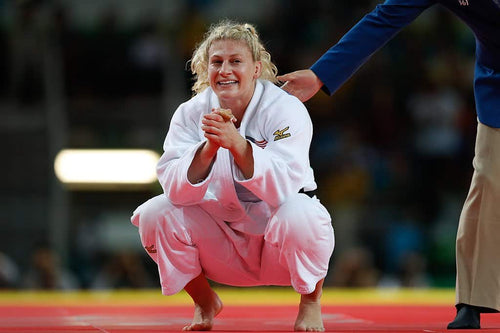
Kayla Harrison's Judo Journey - Judo Champion Turned MMA Powerhouse
Kayla Harrison is a groundbreaking American judoka who made history by becoming the first American woman to win an Ol...
-

Judo Atlanta - List of Judo Clubs in Atlanta area
In Atlanta, you can find excellent judo clubs such as Atlanta Judo Midtown and Black Ice Fitness where you can train...
-

Guram Tushishvili Disqualified - JUDO DRAMA with Teddy Riner
Guram Tushishvili Disqualified - Unsportsmanlike Behavior to French Judoka Teddy Riner Leads to Disqualification fro...
-

Yeldos Smetov - Judoka Profile
Yeldos Smetov, a name synonymous with excellence in judo, has carved out an illustrious career that stands as a beac...
-

Judo Olympics 2024 Results - Gold, Silver, and Bronze Medalists
The Judo Olympics 2024 Results are eagerly anticipated as the Paris Games approach, promising a thrilling display...
-

Judo For Self Defense - Here Is Why Is Judo Best For Self-Defense
Judo For Self Defense packs a punch. This martial art, born in Japan, turns attackers' strength against them. No nee...
-
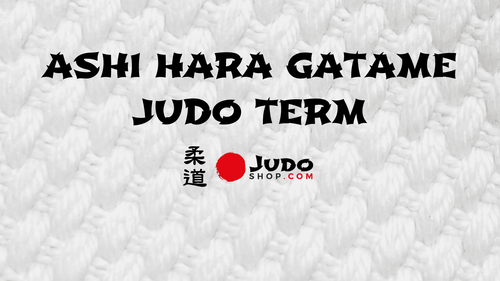
Ashi Hara Gatame - Judo Term Explained
Ashi Hara Gatame is a specialized technique in the martial art of judo, combining leg control, abdominal pressure, a...
-
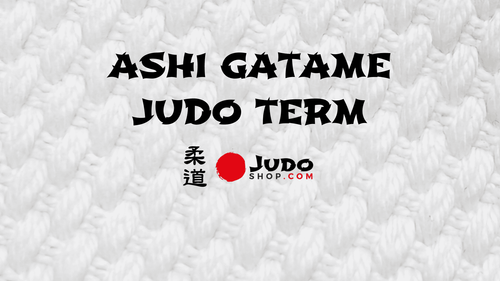
Ashi Gatame - Judo Term Explained
Ashi Gatame is a Judo technique referring to a kansetsu-waza (joint lock) where one uses their legs to immobilise ...
-

Judo Olympics 2024: Highlights, Athletes, and Schedules
Judo Olympics 2024 enthusiasts, mark your calendars! From July 27 to August 3, the Grand Palais Éphémère near the Eif...
-
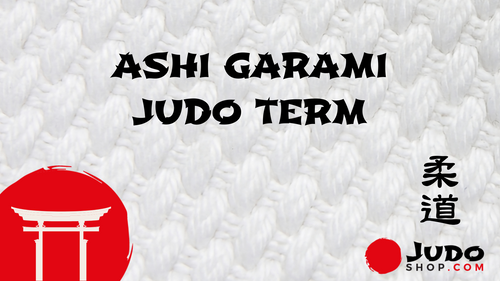
Ashi Garami - Judo Term Explained
What does "Ashi garami" mean in Judo? "Ashi garami" (足緘) is a Japanese term used in Judo that literally translates t...
-
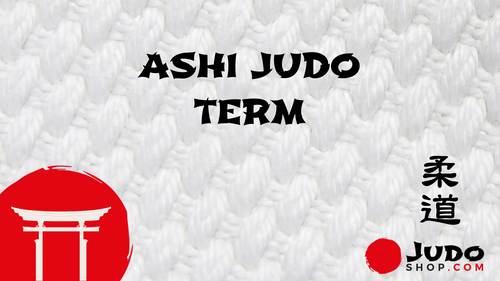
Ashi - Judo Term Explained
Ashi is term in Judo, referring to a leg or foot and category of judo techniques designed to unbalance and throw an ...
-
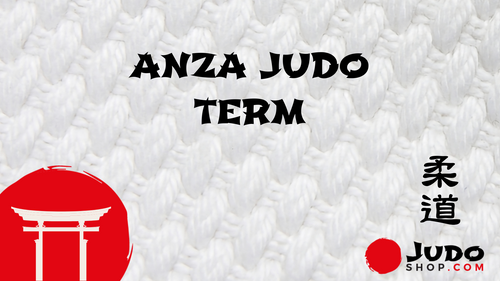
Anza - Judo Term Explained
The term Anza in Judo (安座) embodies a significant practice beyond merely sitting; it signals a deep respect and disc...
-
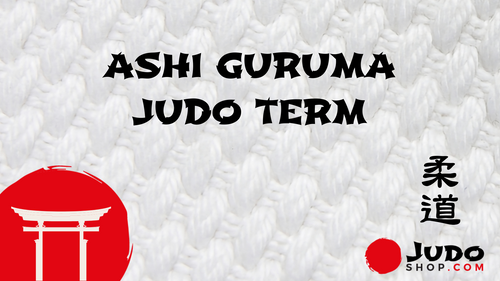
Ashi Guruma - Judo Term Explained
Ashi Guruma is a Judo term rooted in the martial art of Judo, which translates from Japanese as 'leg wheel'. This ju...
-
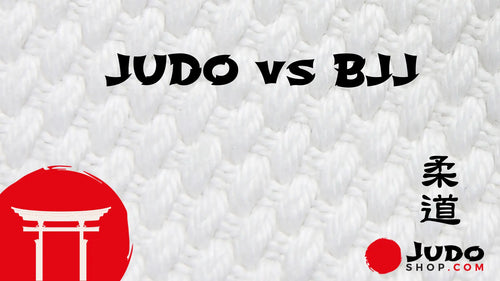
Judo vs BJJ? Of course Judo! Judo is better!
Welcome to Judoshop.com, the premier destination for judo enthusiasts worldwide. Here, we cater to beginners and vet...
-
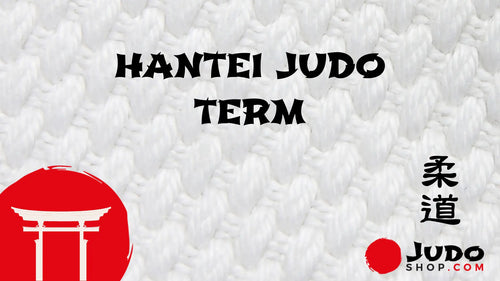
Hantei Judo Term Explanation
Contrary to popular belief, the term 'Hantei' in Judo is not just a simple decision-making process. It holds the p...
-
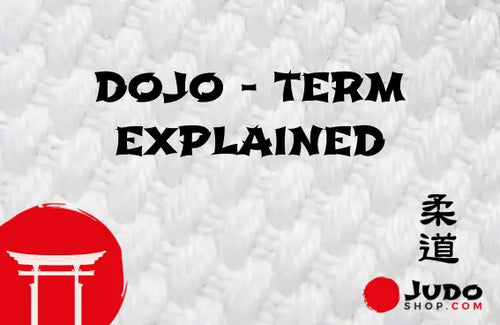
Dojo Meaning (updated 2023)
Dojos, places of immersive learning and meditation, hold great significance in martial arts. Derived from the Japane...
-
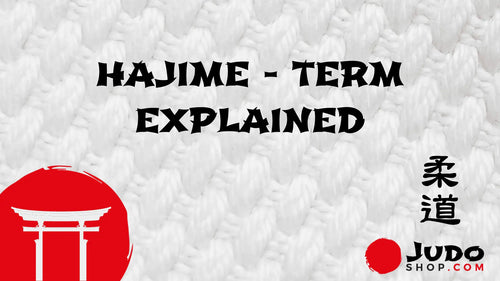
Hajime - Judo Term Explained
Ready to learn about Hajime in judo?It's all about using throws, pins, and joint locks on the mat. With the command ...
-
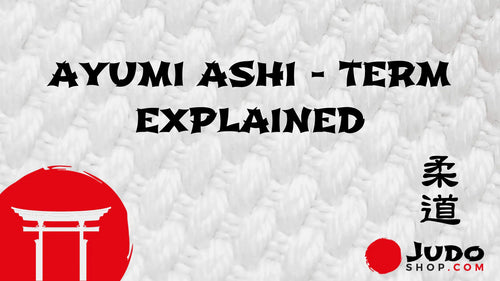
Ayumi Ashi - Judo Foot Work Explained
Are you ready to step into the world of Judo and master the art of Ayumi Ashi - 歩み足? This fundamental footwork techn...
-
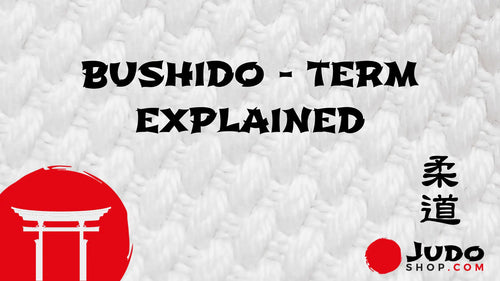
Bushido Explained
Bushido, the traditional code of ethics followed by samurai warriors in feudal Japan, is a subject that fascinates ...
-
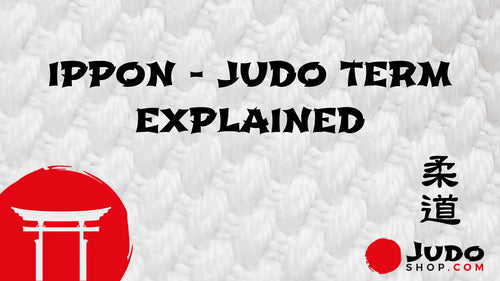
Ippon - Judo Term Explained
Imagine stepping onto the mat and feeling the adrenaline rush through your veins. In the world of judo, one ultimate...
-
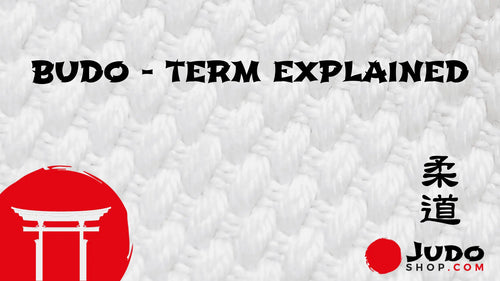
Budo - Term Explained
In a world full of chaos and conflict, one finds solace in the ancient art of budo. Contrary to popular belief, budo...
-
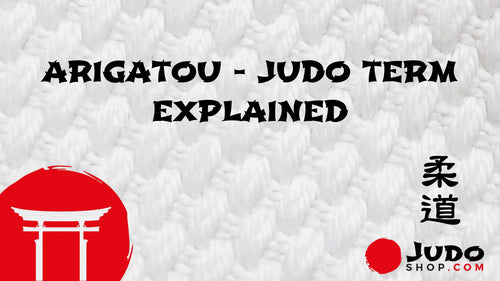
Arigatou - Judo Term Explained
Do you ever wonder about the true meaning behind the Japanese word 'Arigatou'? Well, wonder no more! 'Arigatou' is a...
-
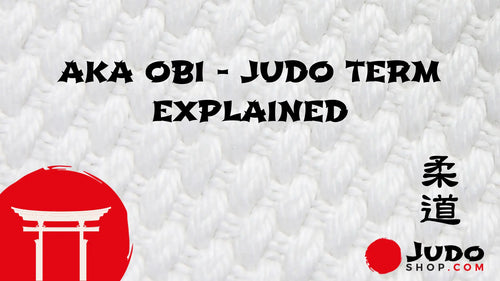
Aka Obi - Judo Term Explained
The aka obi, a red belt worn in Judo, is a prestigious symbol of expertise. Typically reserved for those holding a 9...
-

Why Are There 2 Bronze Medals In Judo
Judo is a unique sport that gives two bronze medals in each weight class. Many people wonder why this is done. To fi...
-
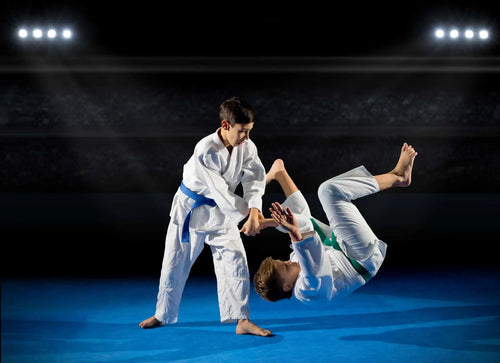
Is Judo Dangerous - Unveiling the Shocking Truths Behind this Ancient Martial Art
With its powerful throws and complex grappling techniques, one might wonder, "Is judo dangerous?" Yes, judo can po...
-

Is Judo The Toughest Sport - Unraveling the Grit and Grace of the Gentle Way
Judo, known as the Gentle Way, may seem like a paradoxical name for a sport, but don't let that fool you. While Ju...
-
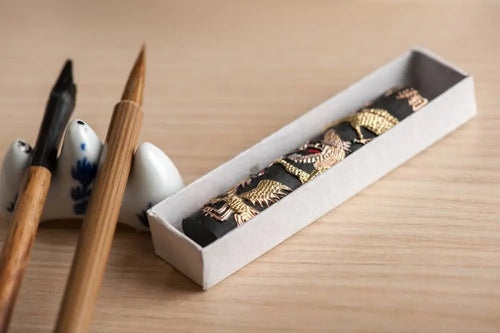
Judo Terms - Complete List Of Judo Terms
Judo terms are the foundation of this martial art...
-

English to Japanese Kanji and Hiragana translations
Are you looking for an English to Japanese Kanji translation? Here you can find more than 30 examples of Kanji and ...




























